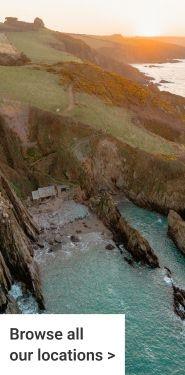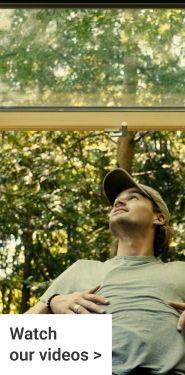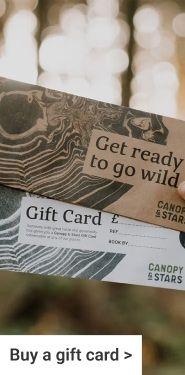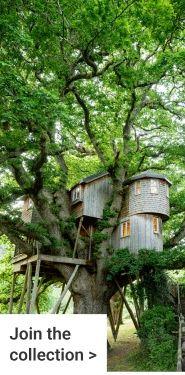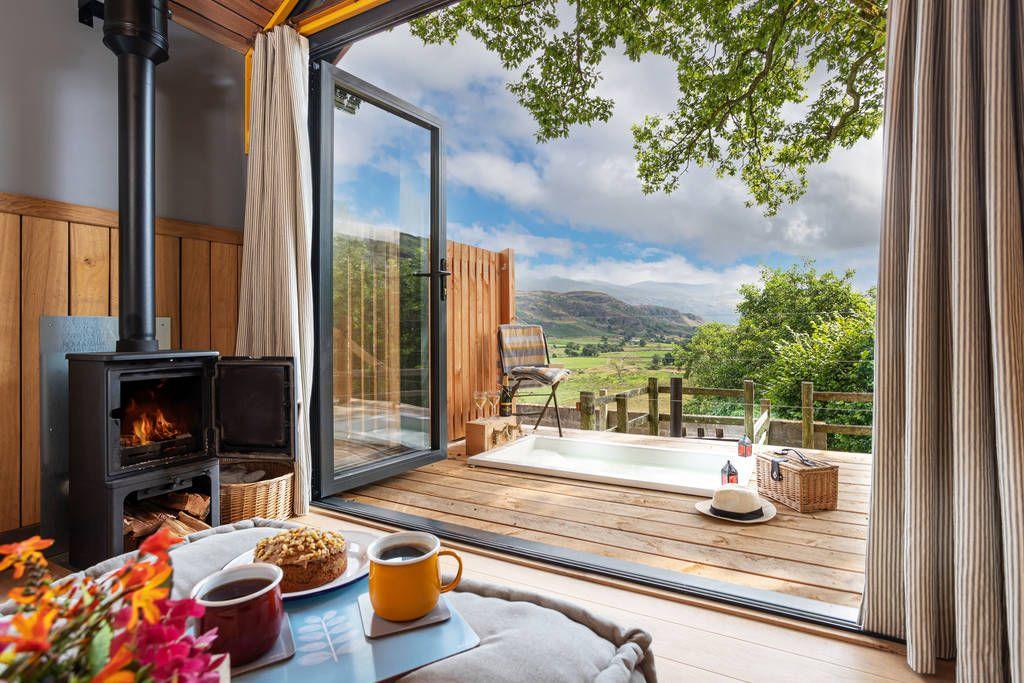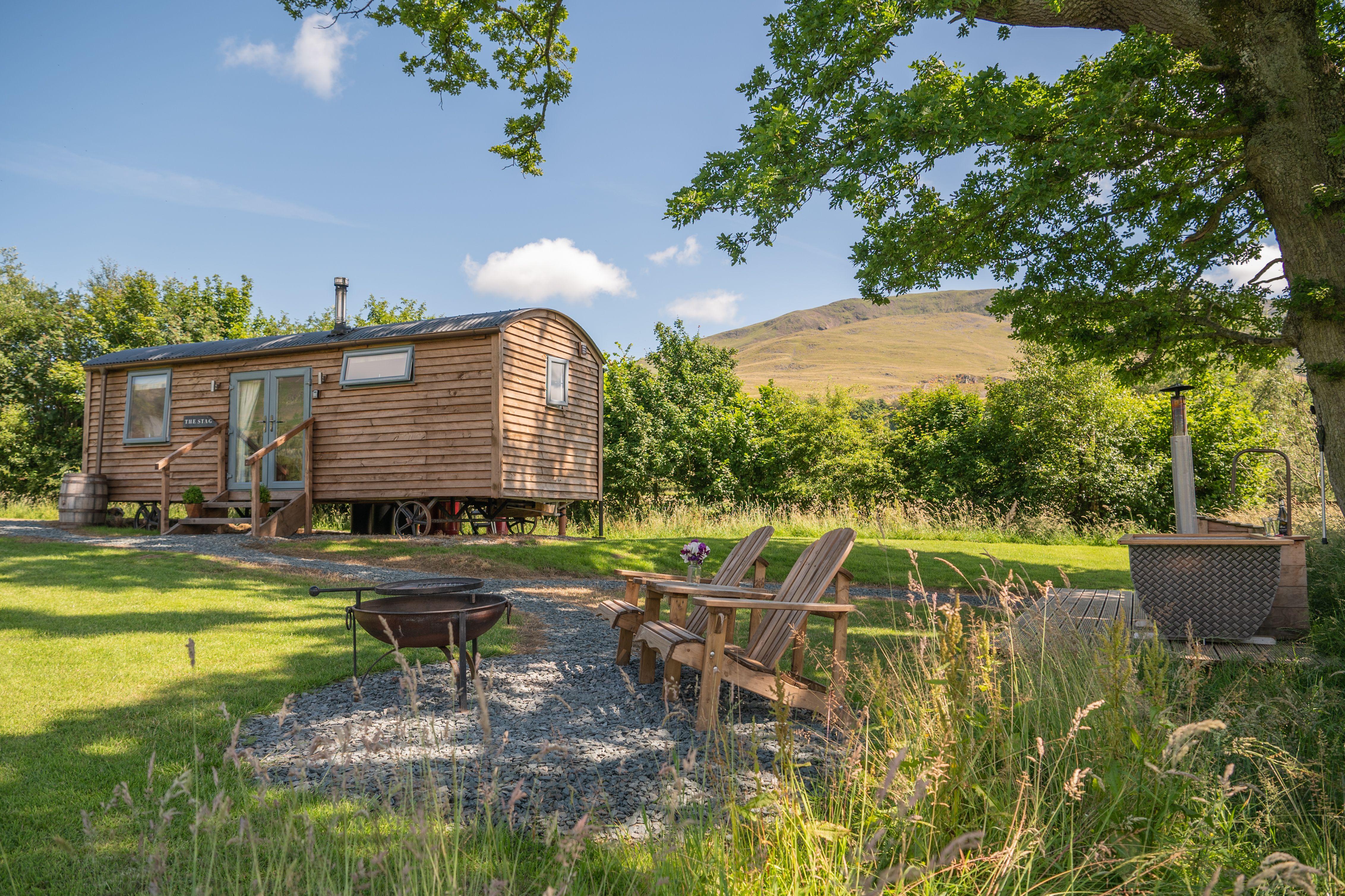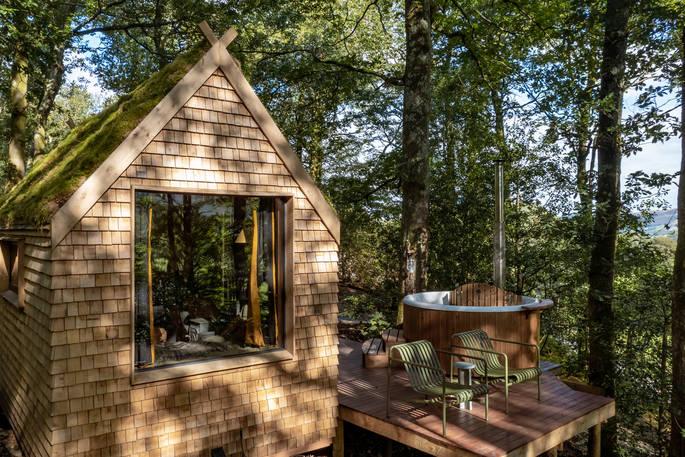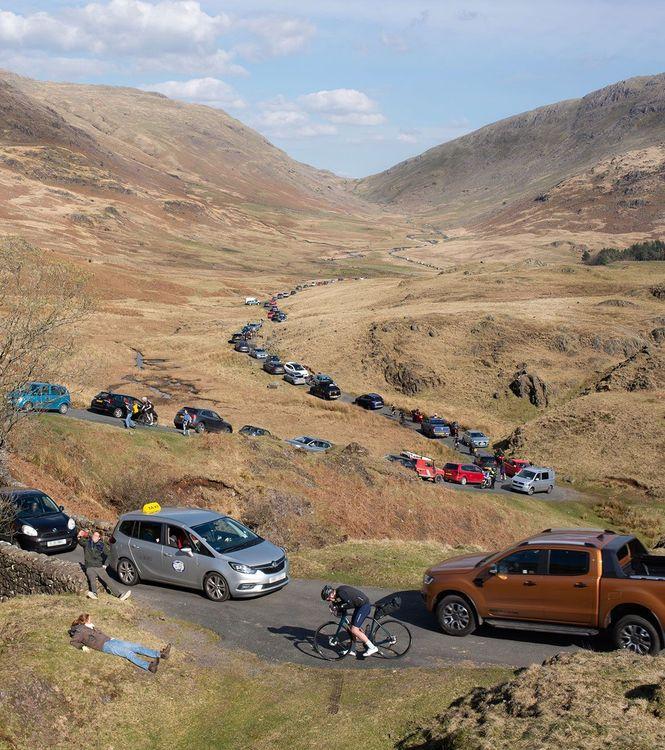
The Lake District, car free
In peak season, The Lake District's narrow roads fill with bumper-to-bumper traffic, causing pollution, restricting the lives of locals and, let's face it, making it a much less fun place to visit than it should be. Campaign for National Parks, who have been fighting to keep our national parks safe and open to everyone since 1936, have made transport one of their key battlegrounds for the next few years. They've put together this handy guide for getting to and around The Lake District without your car.
Closest cities:
Lancaster and Carlisle are the two biggest cities nearby, so you might find your mainline train services going into either of those, although Oxenholme (Kendal) and Penrith, as seen below, are common entry points. Onward travel from these stations can take you to several smaller stations inside the borders of the park itself – Ulverston, Windermere, Staveley, Maryport and Ravenglass.
Easy journeys from:
The below times and prices, all for direct trains with no changes, were based on a Friday in September. Remember that train tickets are released for sale 12 weeks in advance, so set a reminder and get in quick for the best deals. Soon you’ll be rumbling towards the Lakes at your leisure, with your hands wrapped round snacks and books, not a steering wheel.
London to Oxenholme, 2hrs 40, £33
Manchester to Oxenholme, 1hr 14, £8.70
Birmingham to Oxenholme, 2hrs 15, £28
Glasgow to Oxenholme, 1hrs 48, £17.50. Or to Penrith, 1hr 54, £10.10
Edinburgh to Oxenholme, 1hrs 58, £15.60. Or to Penrith 1hr34, £15.20
In the park - buses:
From Oxenholme or Penrith, connecting buses reach the shores of Coniston, Derwentwater, Ullswater or Windermere, so you could get an early morning train and be swimming, kayaking, paddleboarding or fishing by the afternoon.
There's also the open-top bus Lakesider 599, which allows you to Travel anywhere on its route for just £2 between January and October 2023. The stops include Windermere (catch the bus from outside the station) and Grasmere, via Brockhole and Ambleside. There's great walking at all these destinations.
Finally, Beatrix Potter fans can get to her home at Hill Top (managed by the National Trust) using the Windermere boat service and a connecting minibus (provided by Mountain Goat tours) to Sawrey.
In the park - boats:
Steamboats run on four of the lakes, with the main passenger terminals at Bowness-on-Windermere for Windermere, Pooley Bridge or Glenridding for Ullswater Steamers, Keswick for Derwentwater and Coniston Village for Coniston. You can take round trips or disembark at a variety of locations around the lakes.
You can also catch a boat from Glenriddig, on the shore of Ullswater, to Pooley Bridge and walk back along part of the Ullswater Way.
In the park - walks:
There are plenty of reasons to visit the Lakes, but hiking is by far the most popular. Here are a couple of our favourite routes whose start points can easily be reached by public transport, but there are thousands more scenic walks available all through the hills.
Wansfell Pike hike, take a train to Windermere and then a bus to Hayes Garden Centre, cross the road to find the starting point of the walk.
Helvellyn less-trodden route , take a train to Windermere and then a bus to Wythburn Church, walk 3 minutes to Wythburn Car Park which is the start of the walk.
There are many accessible routes and we recommend checking Miles without Stiles, who have listed 50 routes designed for people with limited mobility, including wheelchair users, families with prams, or the visually impaired. Each route is detailed on their website and includes how to get to the starting points via public transport.
Extra resources
For more information on anything mentioned here, try the Lake District National Park website or Visit Lake District, both deep wells of knowledge and tips on travelling to and around the park.
We hope that's given you the drive (sorry) to visit The Lake District without your car. Campaign for National Parks is a collection of exceptionally dedicated people and, over the next few years, we'll be working with them to learn how we can protect our wild spaces. You can read more about their work here.

